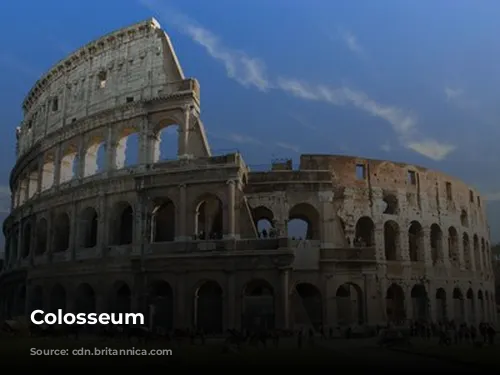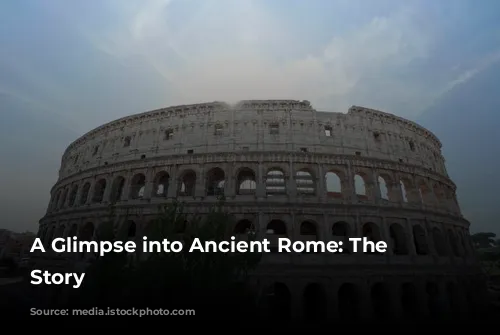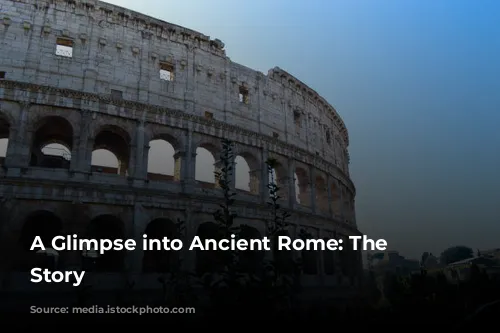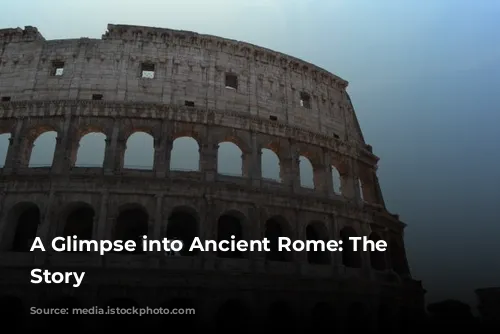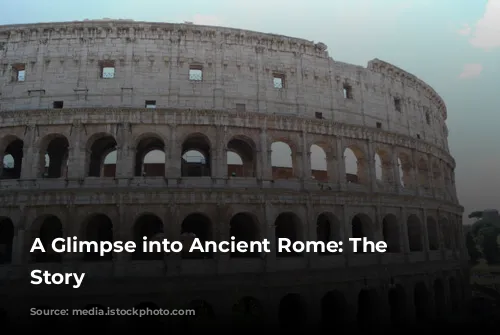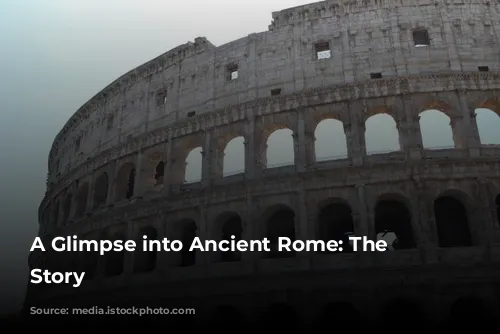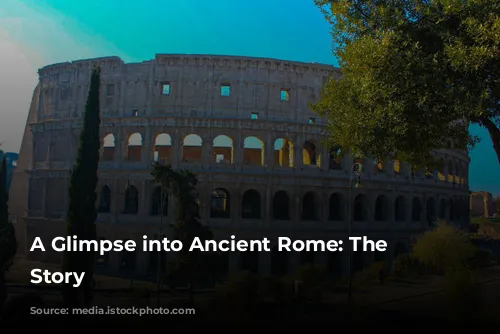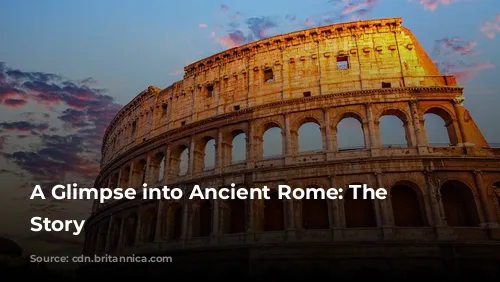The Colosseum: a towering testament to the architectural and engineering brilliance of ancient Rome. More than just an awe-inspiring structure, it serves as a powerful reminder of the Roman Empire’s grandeur and its captivating history. Today, the Colosseum is a major tourist draw, drawing visitors from all corners of the globe, making it a significant contributor to Italy’s economy.
In 2018 alone, the Colosseum, the Roman Forum, and Palatine Hill collectively generated over $63.3 million (€53.8 million) in revenue, making it Italy’s top tourist attraction. The Colosseum stands as a vibrant symbol of Rome’s enduring legacy and its ability to captivate hearts and minds across generations.
From Glory to Neglect and Back Again
The Colosseum’s journey through time has been one of triumph and tribulation. After the fall of the Western Roman Empire, this majestic structure fell into a state of serious disrepair. It was repurposed by the Frangipane and Annibaldi families as a fortress during the 12th century, a far cry from its original purpose.
The late 15th century saw Pope Alexander VI give the Colosseum a new, unexpected role: a quarry. For over a thousand years, the Colosseum was neglected and stripped of its grandeur, its glory slowly fading into oblivion. But hope emerged in the 1990s when state-funded restoration efforts breathed new life into this historical gem.
A Monument to Entertainment and Empire
The Colosseum’s construction was an ambitious project, a testament to the Flavian emperors’ desire to revitalize Rome following the chaotic year of the four emperors in 69 CE. Emperor Vespasian envisioned the Colosseum as a monument to entertainment, a place to showcase the Roman Empire’s power and glory through gladiator fights, animal hunts, and even mock naval battles.
Construction began under Vespasian between 70 and 72 CE and was completed in 80 CE under his son and successor, Titus. The Colosseum’s fourth story was added by Emperor Domitian in 82 CE. The funds for this colossal project were derived from the spoils of Titus’s conquest of Jerusalem in 70 CE, and it was built by enslaved Jews from Judea.
A Colossal Structure with a Colossal Impact
The Colosseum is an elliptical amphitheater, constructed of stone, concrete, and tuff. This massive structure, standing four stories high, measures 620 by 513 feet (189 by 156 meters) and could accommodate a staggering 50,000 spectators, making it one of the largest amphitheaters in the Roman world. It was primarily renowned for gladiator combat, a brutal spectacle that captivated the Roman populace.
The Colosseum’s construction was strategically planned, located just east of the Palatine Hill on the site of Nero’s Golden House. The artificial lake, once the centerpiece of this extravagant palace, was drained, and the Colosseum was erected in its place. This move was both symbolic and practical, as Vespasian, who rose from humble beginnings, chose to replace the tyrannical emperor’s private lake with a public amphitheater, signifying a shift from personal indulgence to public enjoyment.
A Symphony of Engineering and Art
The Colosseum’s design is a marvel of engineering, standing in stark contrast to earlier amphitheaters, which were often built into hillsides for support. This freestanding structure, with its intricate system of barrel and groin vaults, is an impressive feat of Roman engineering. The three lower stories boast arcades adorned with engaged columns in the Doric, Ionic, and Corinthian orders, reflecting the Roman architectural mastery.
The Colosseum’s facade is a testament to Roman ingenuity, with travertine forming the primary structural framework and volcanic tufa used for secondary walls. The inner bowl and arcade vaults are made of concrete, showcasing the Romans’ advanced understanding of building materials and techniques.

A Stage for Spectacle and a Shelter from the Sun
The Colosseum was designed to accommodate large crowds, with a capacity of 50,000 spectators. The arena was equipped with a massive retractable velarium (awning) to protect the audience from the scorching Roman sun. This ingenious system involved supporting masts extending from corbels in the attic story, with hundreds of Roman sailors manipulating the rigging to extend and retract the velarium.
The Colosseum was the setting for countless spectacles, ranging from gladiator battles and animal hunts to mock naval battles. While the Colosseum’s role in early Christian martyrdoms remains uncertain, its influence on the Roman Empire’s culture and entertainment landscape is undeniable.

From Quarry to Tourist Hotspot: The Colosseum’s Revival
During the medieval era, the Colosseum was repurposed, serving first as a church and later as a fortress for the powerful Frangipane and Annibaldi families. However, the Colosseum suffered significant damage from lightning, earthquakes, and rampant vandalism and pollution, resulting in the loss of its marble seats and decorative materials.
The site was treated as a quarry for over 1,000 years, its grandeur slowly disappearing. The 19th century saw a resurgence of interest in preserving the Colosseum, led by notable figures like Pius VIII. In the 1990s, a major restoration project was launched, reviving this iconic landmark.
Today, the Colosseum stands as one of Rome’s most visited attractions, drawing close to seven million visitors annually. The Colosseum’s enduring appeal lies in its historical significance and architectural magnificence, serving as a window into ancient Rome’s rich past. The Colosseum continues to captivate the imagination of visitors from all walks of life, offering a glimpse into the Roman Empire’s cultural legacy.
